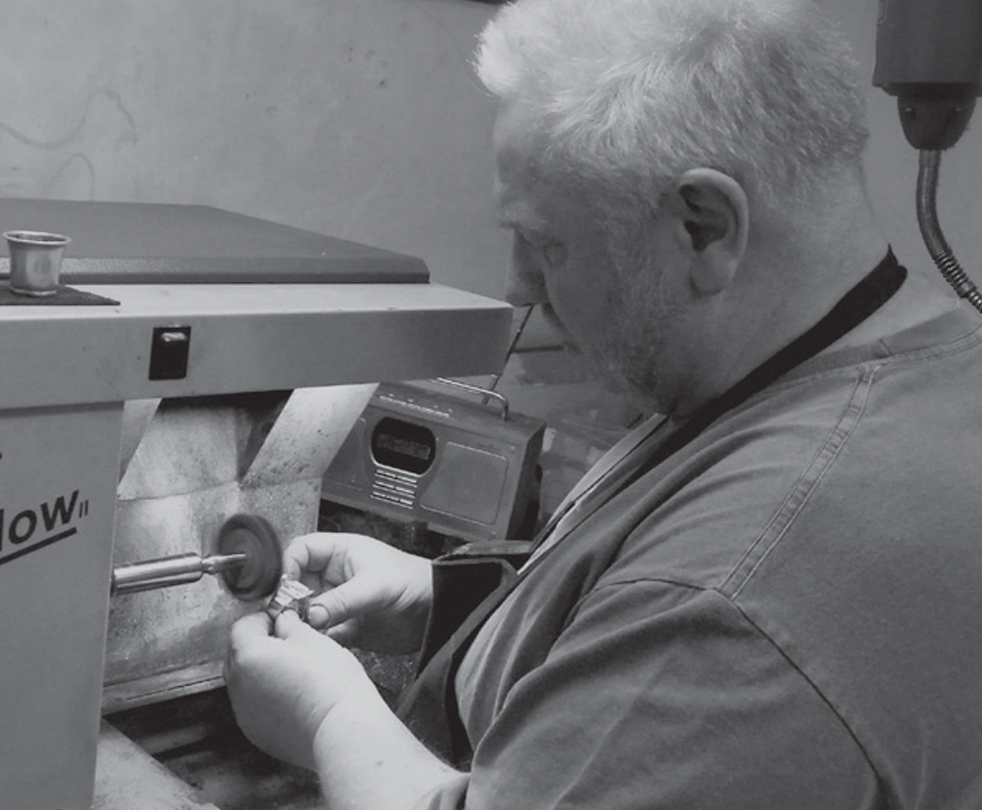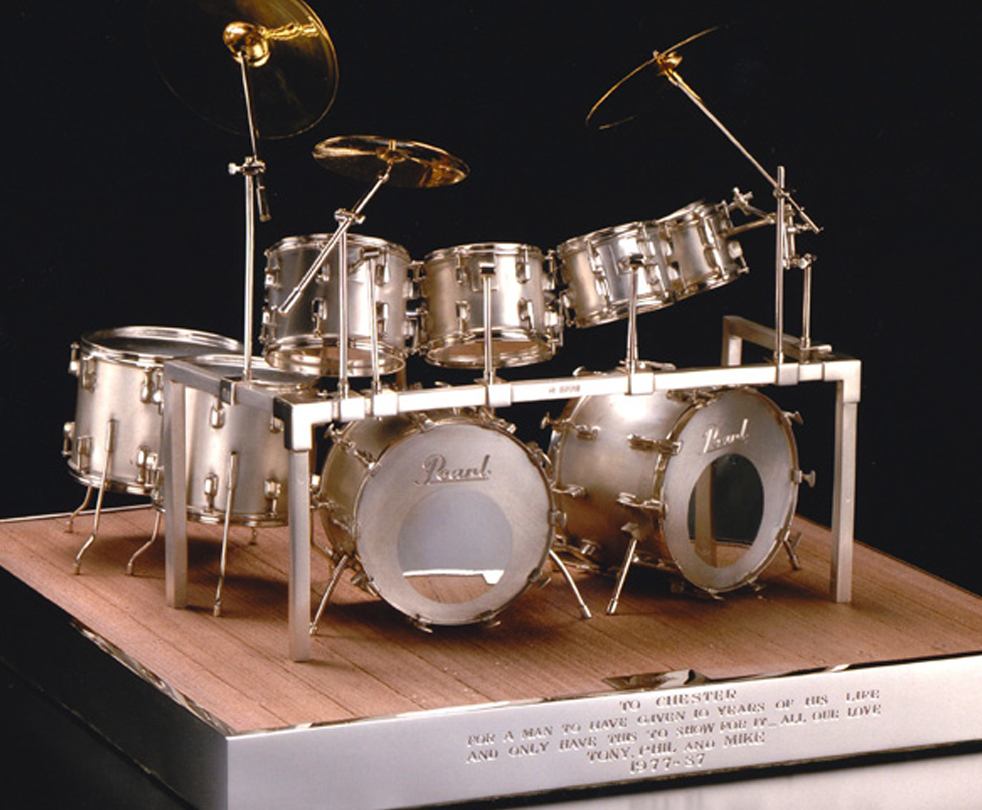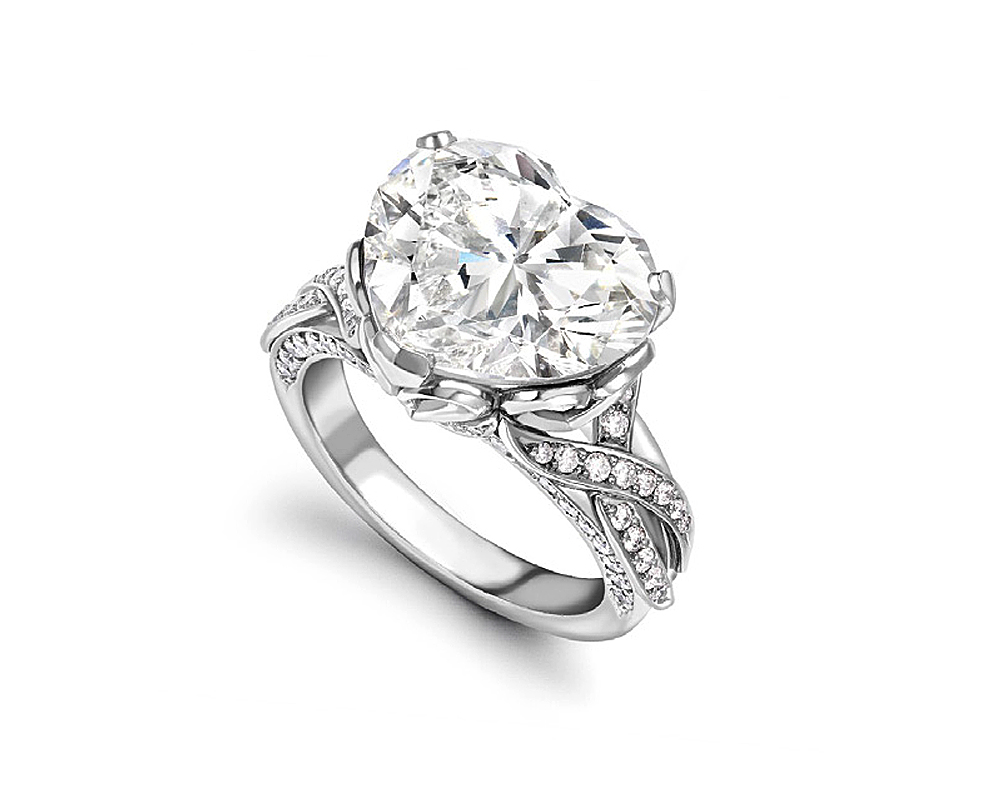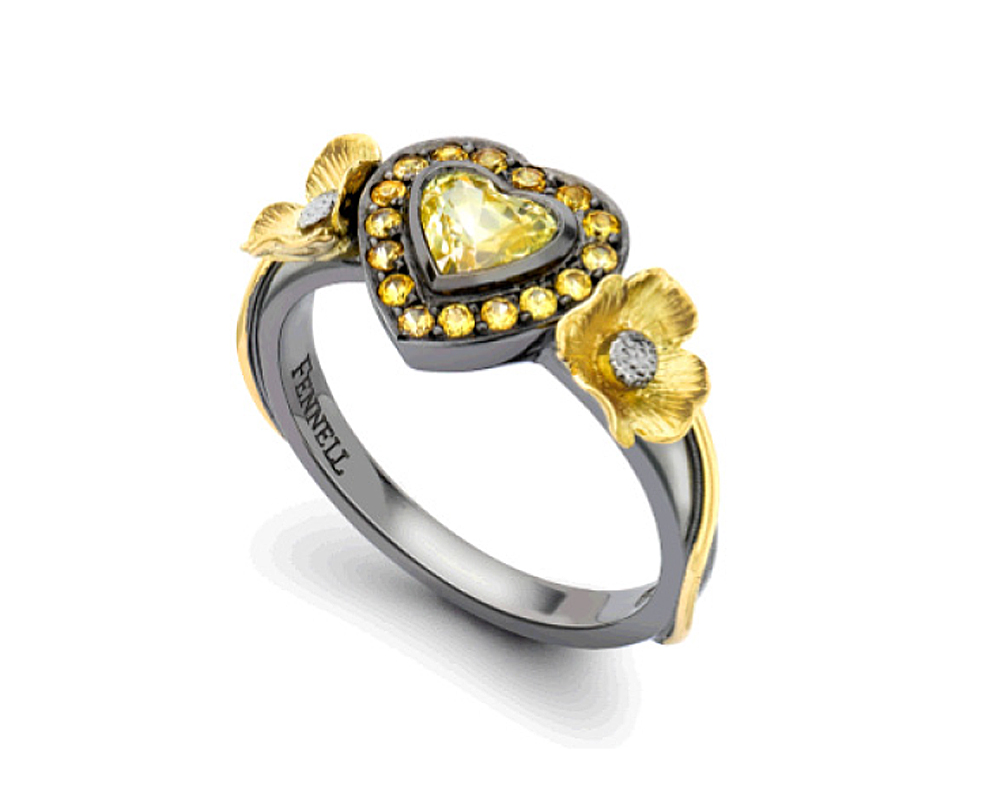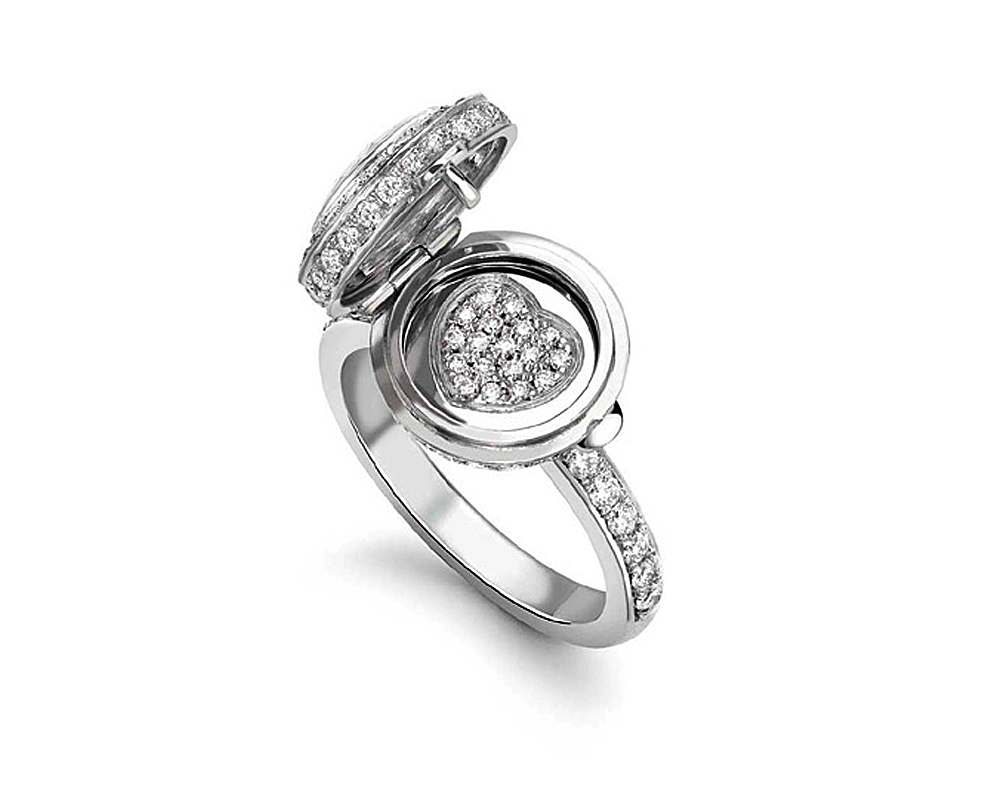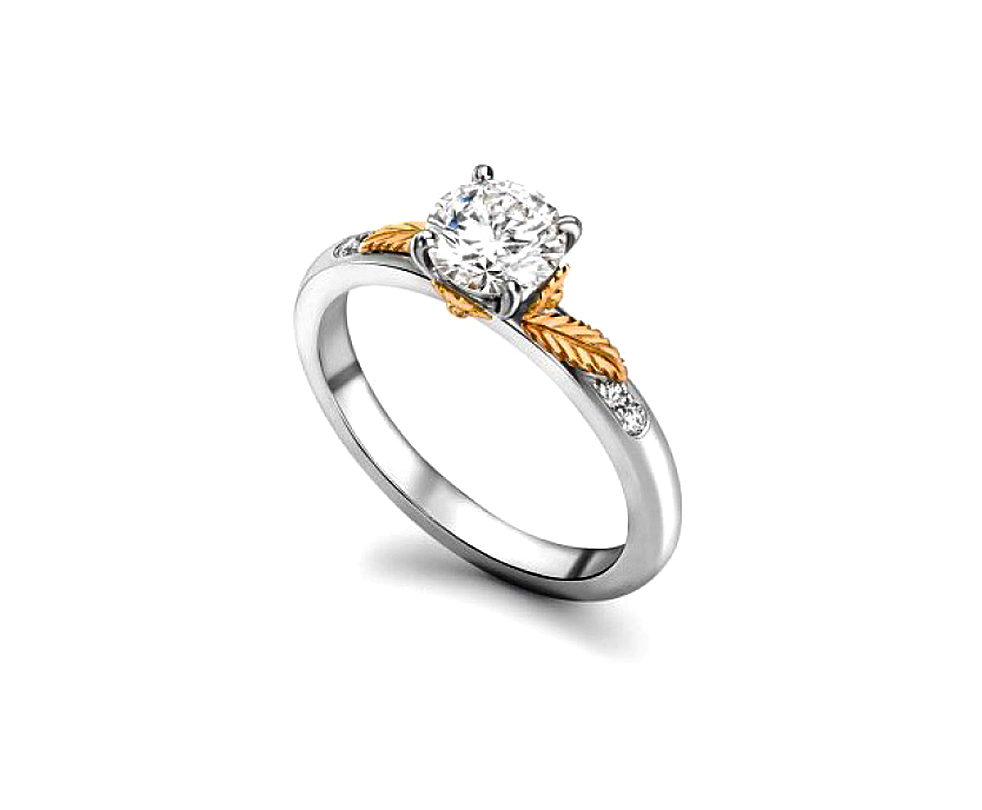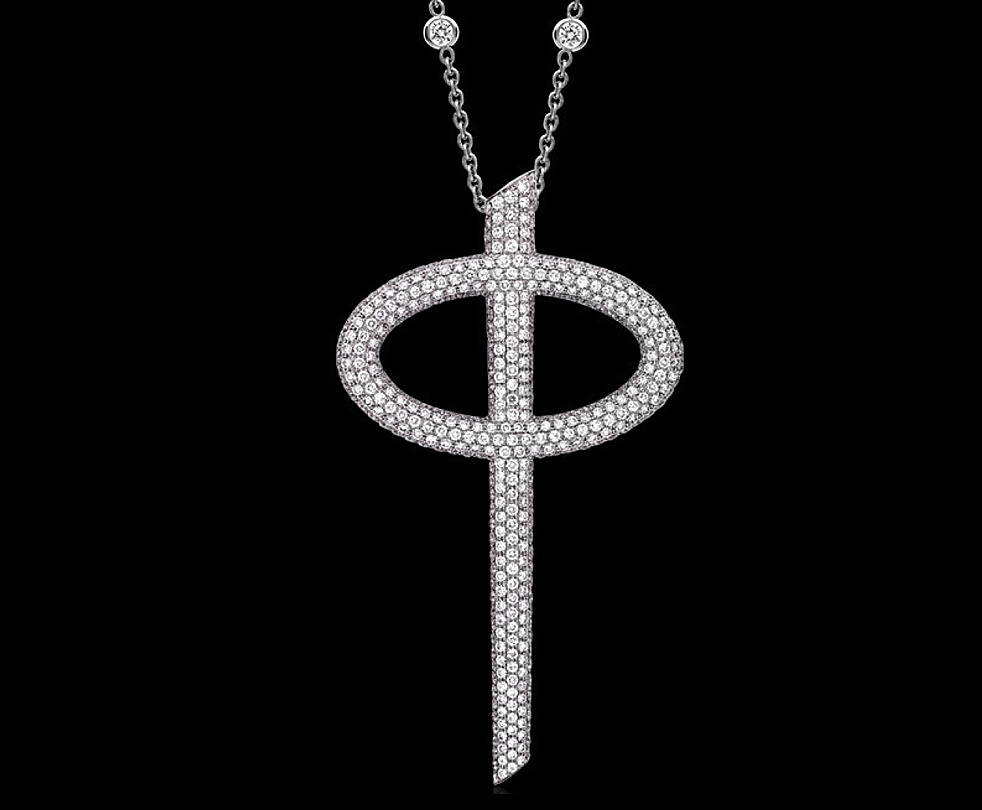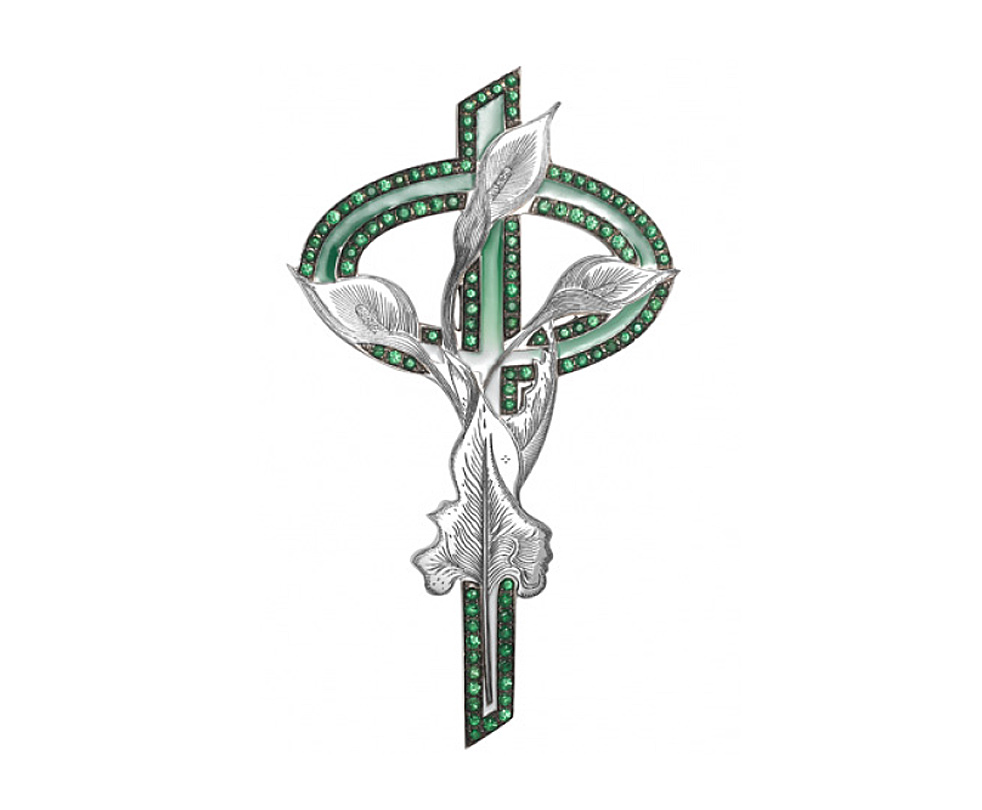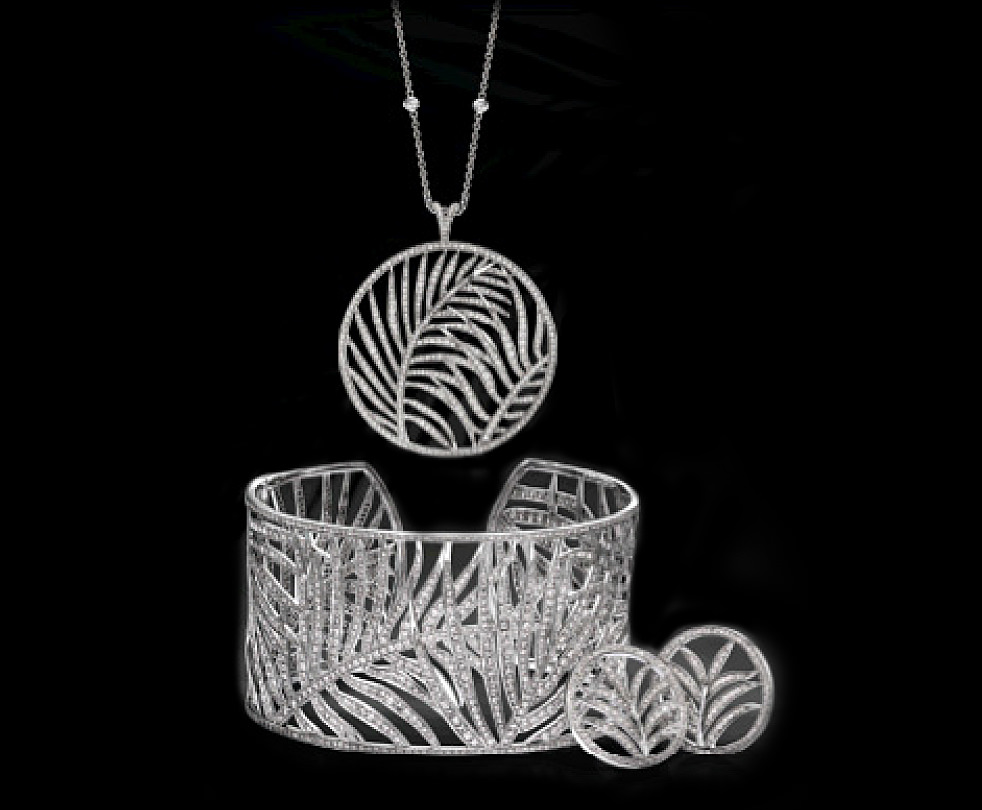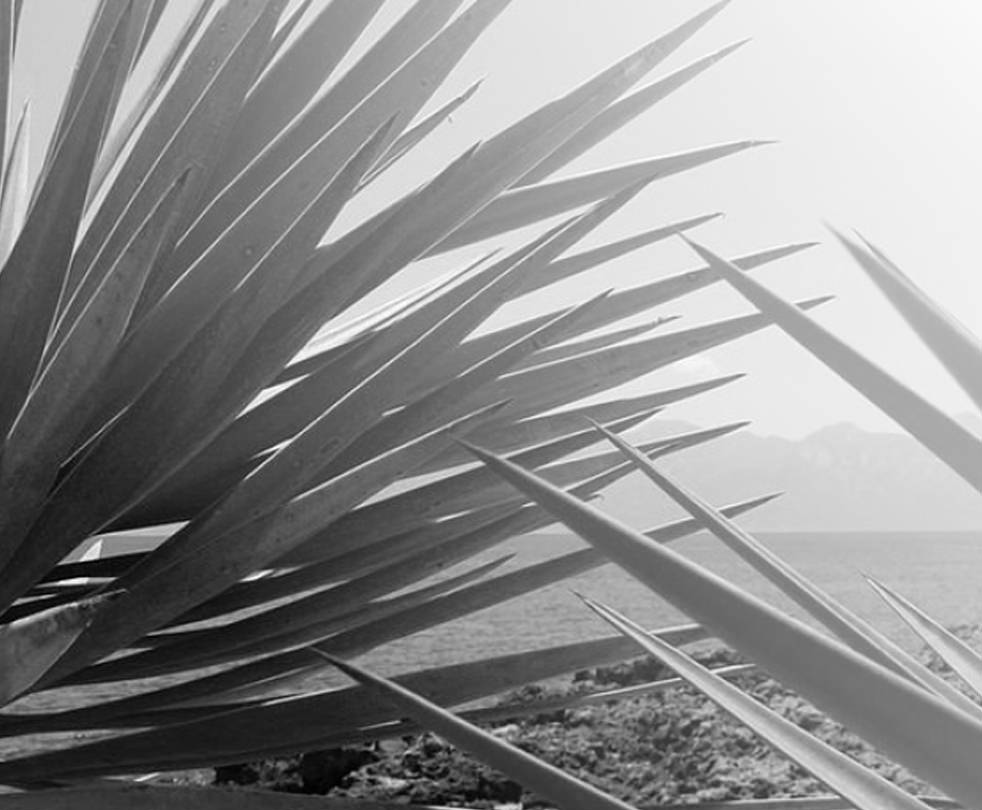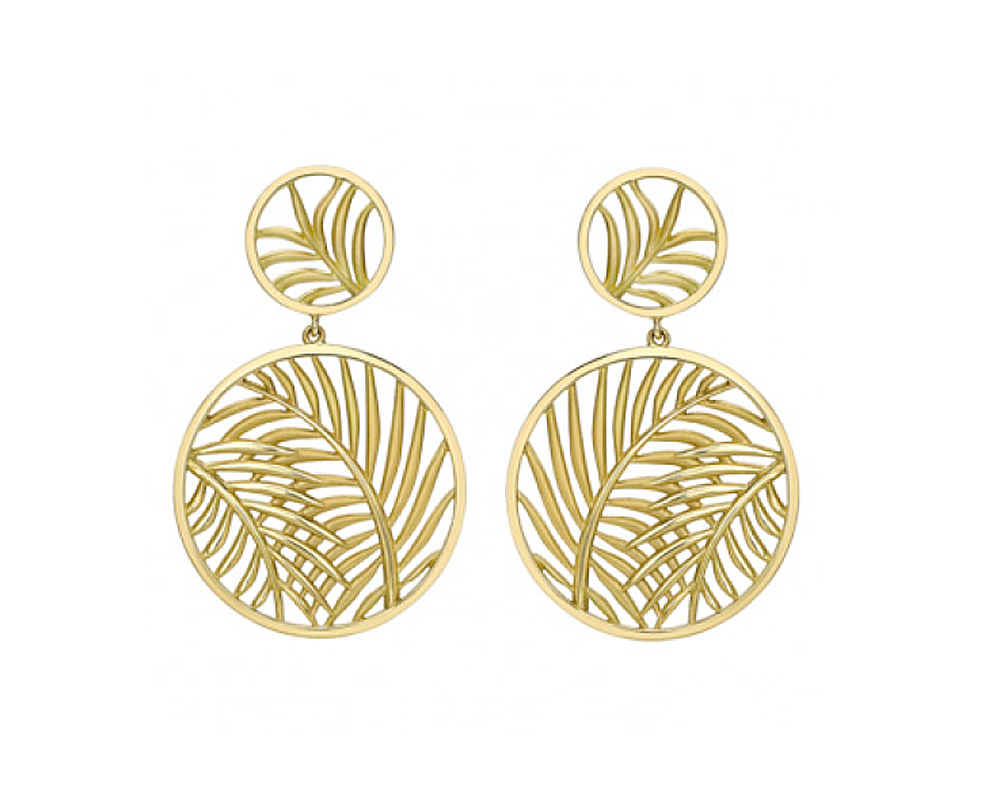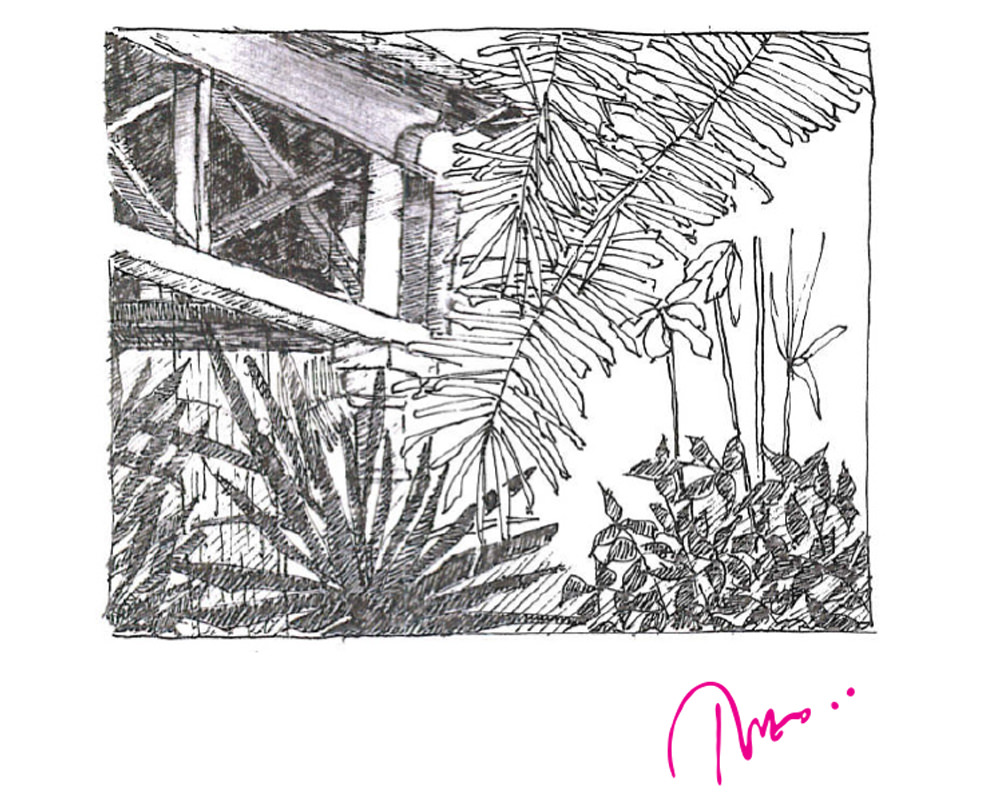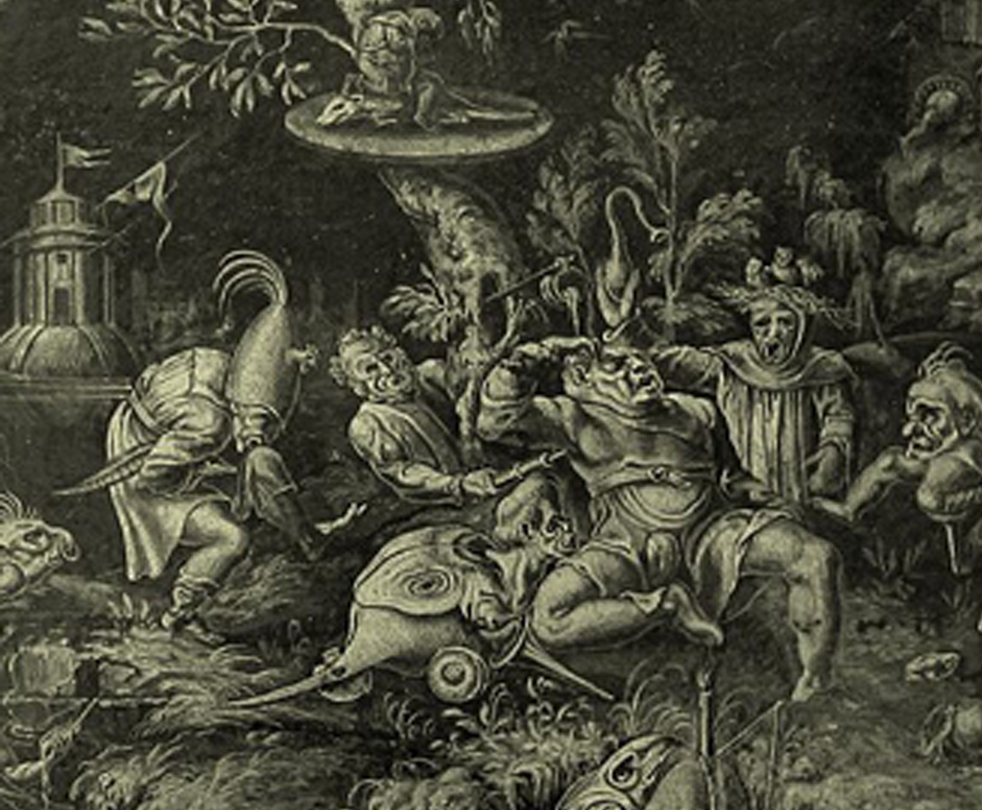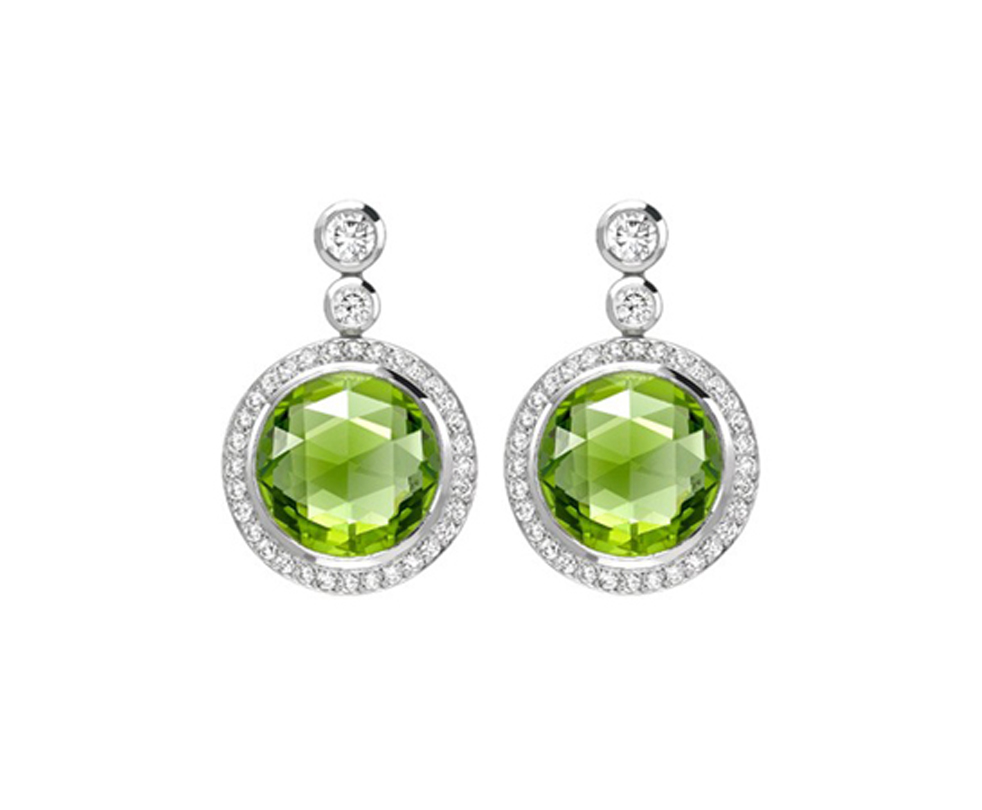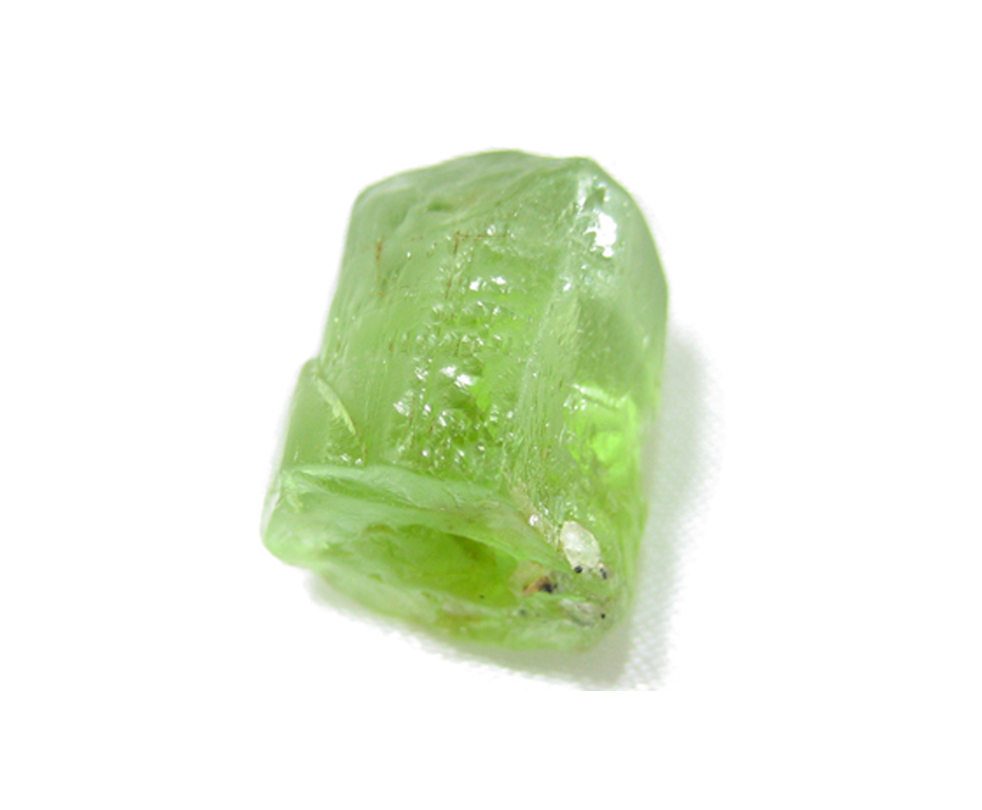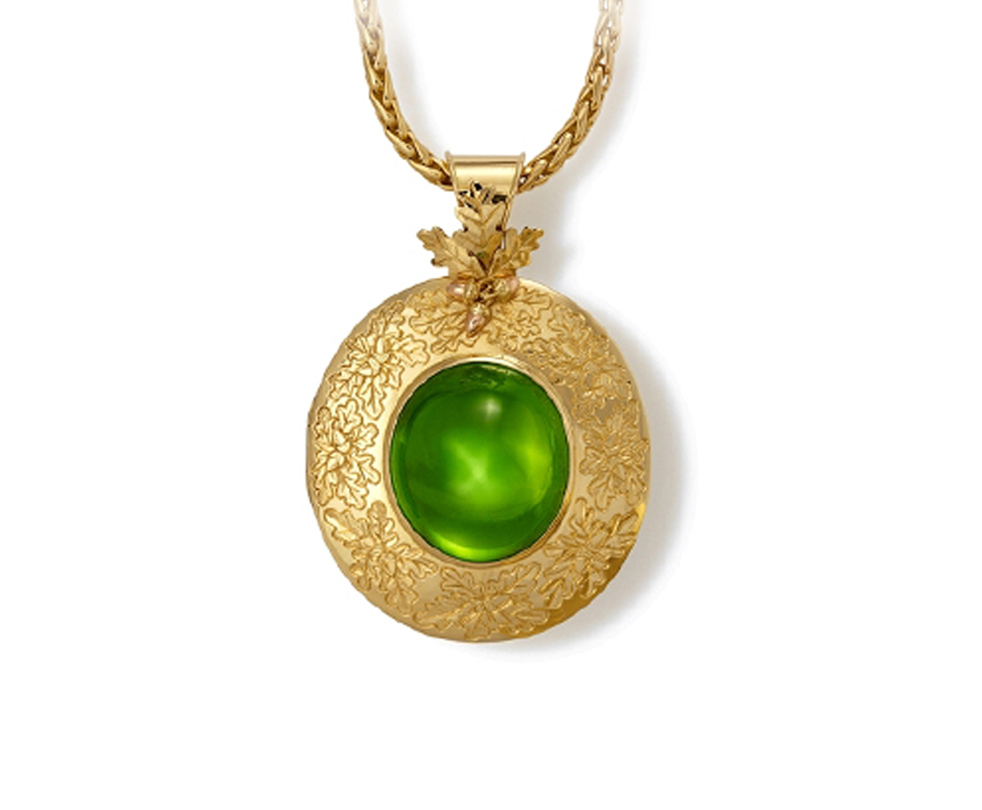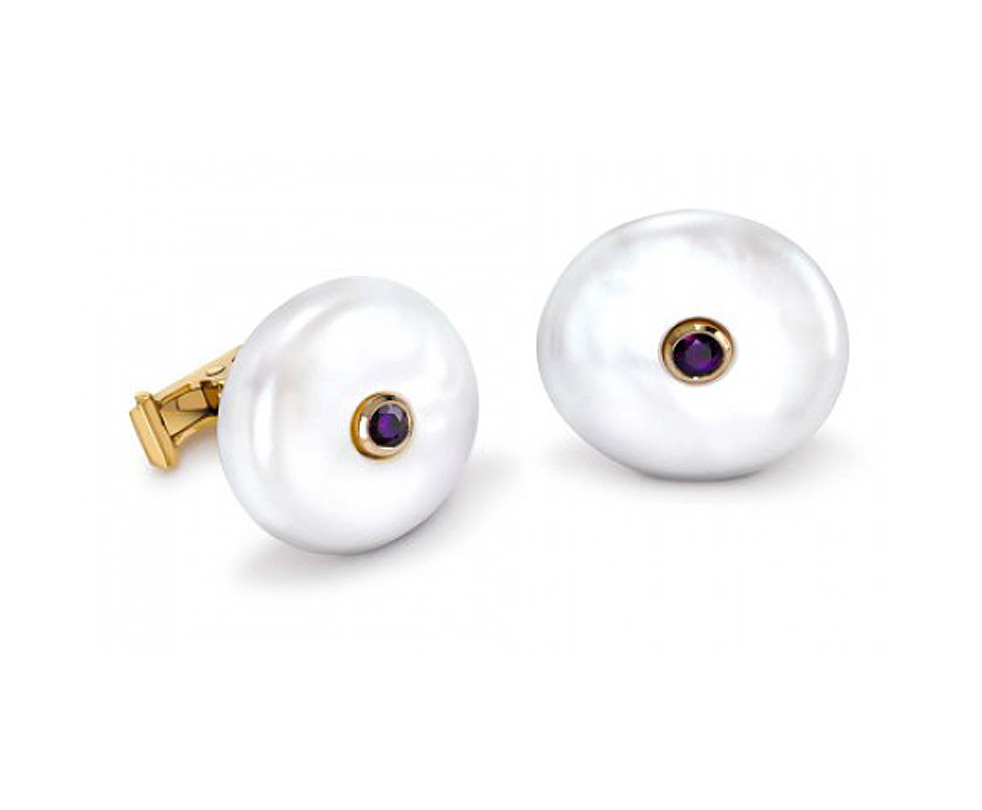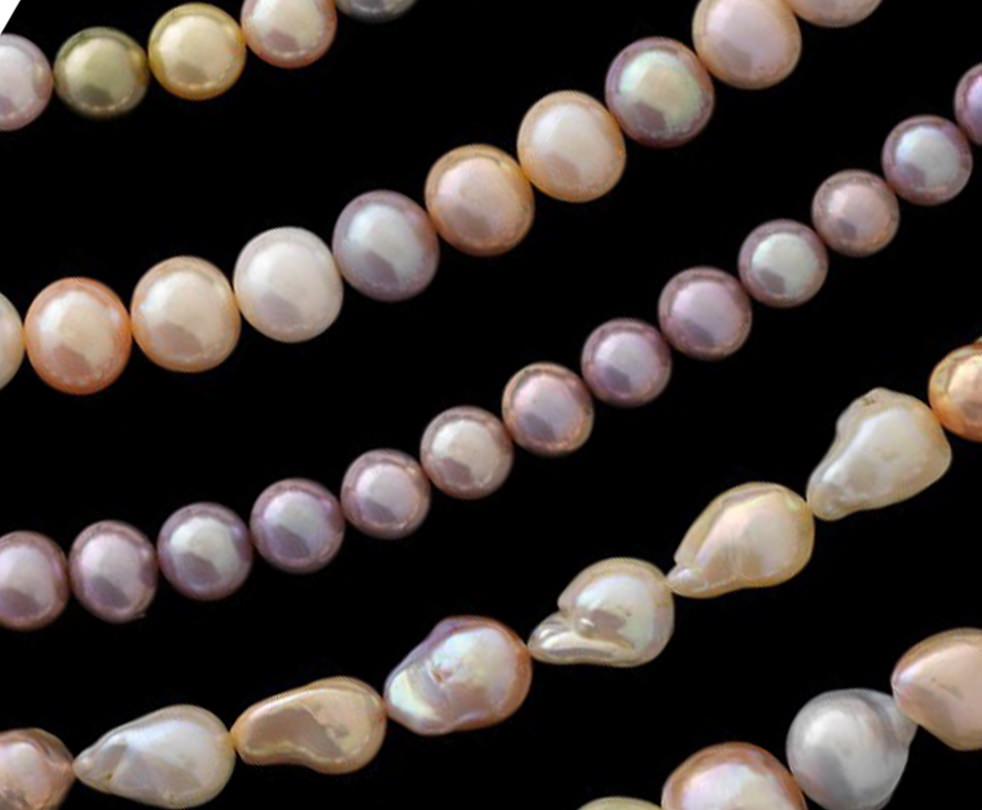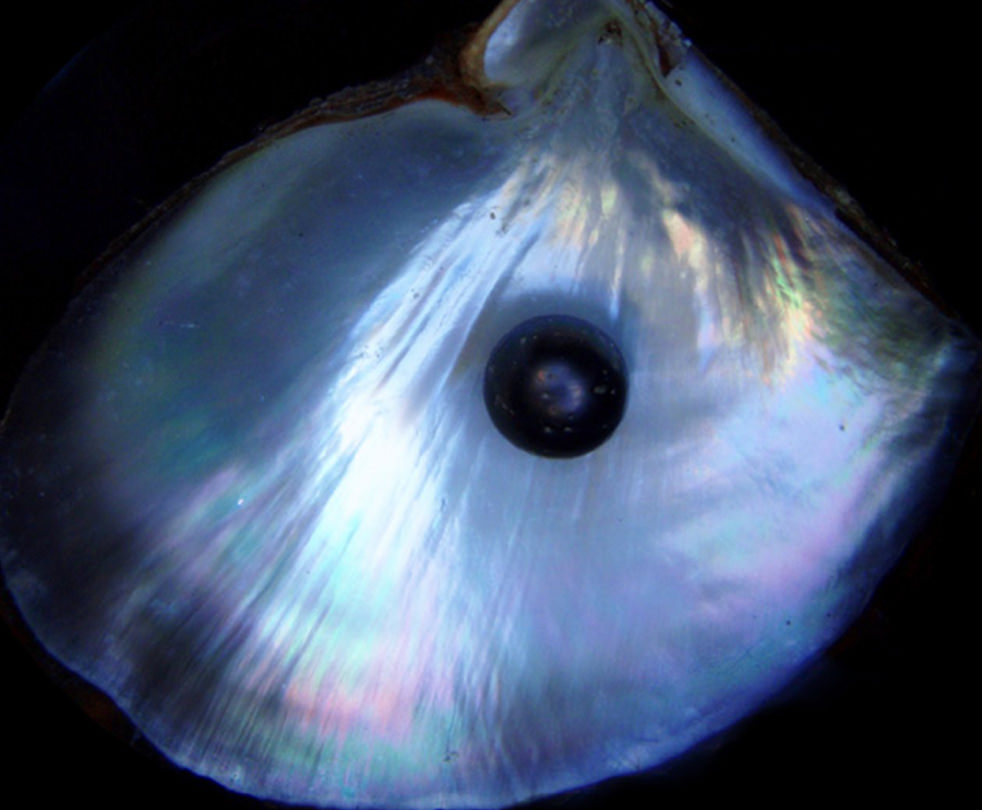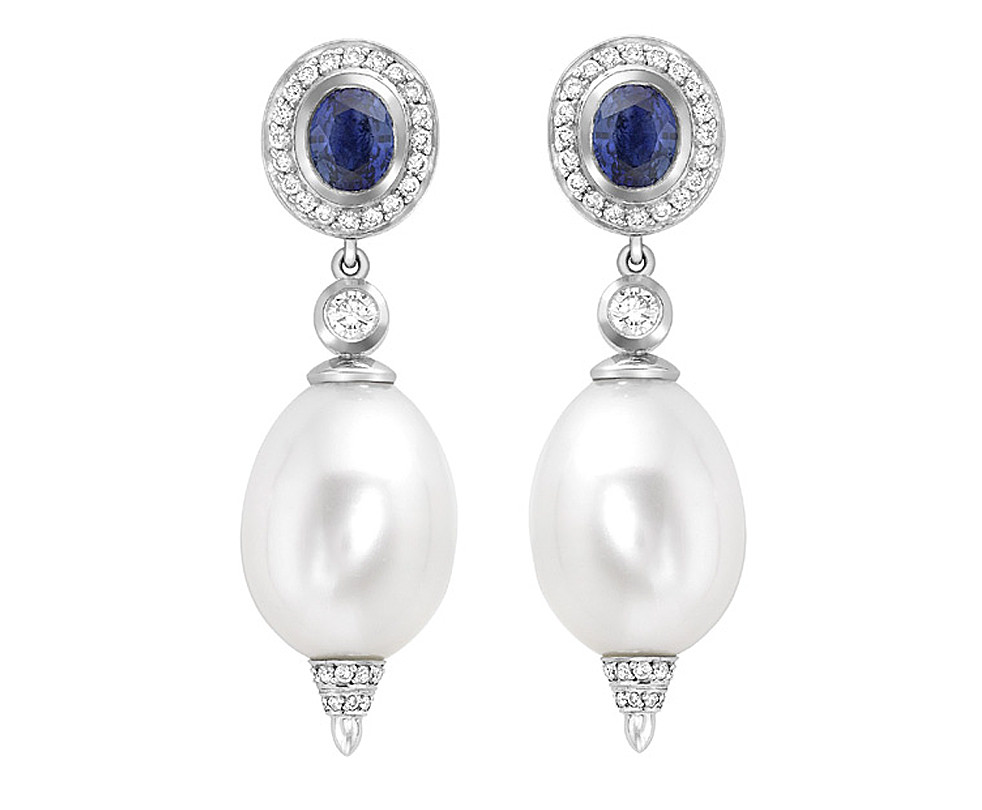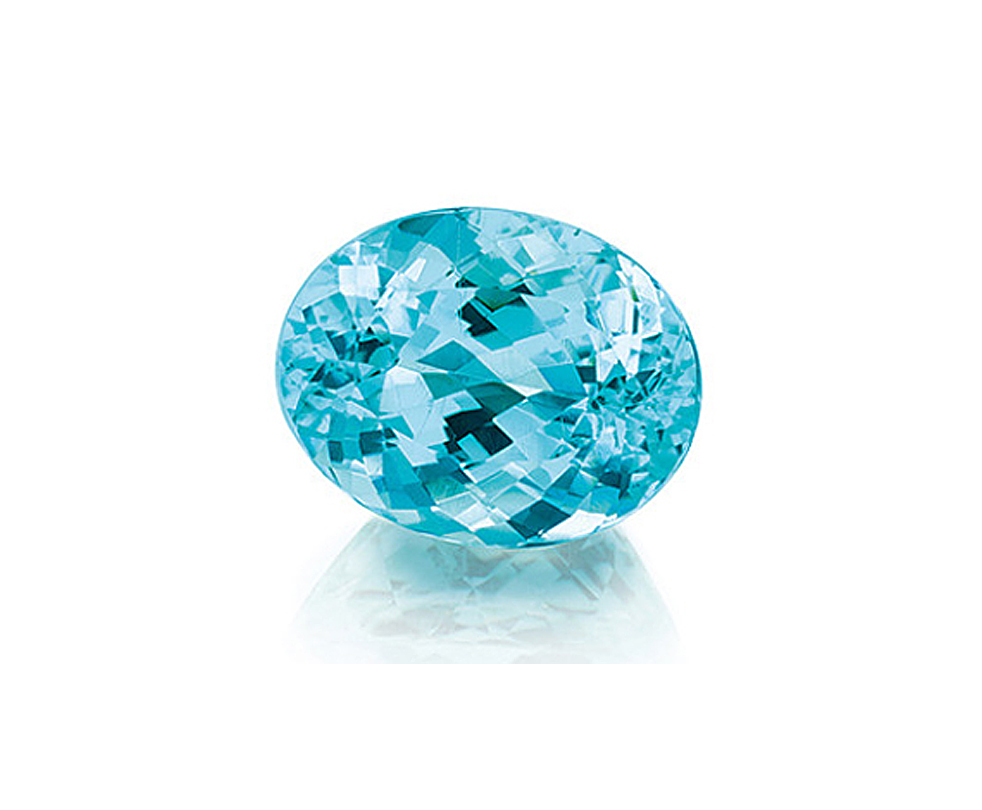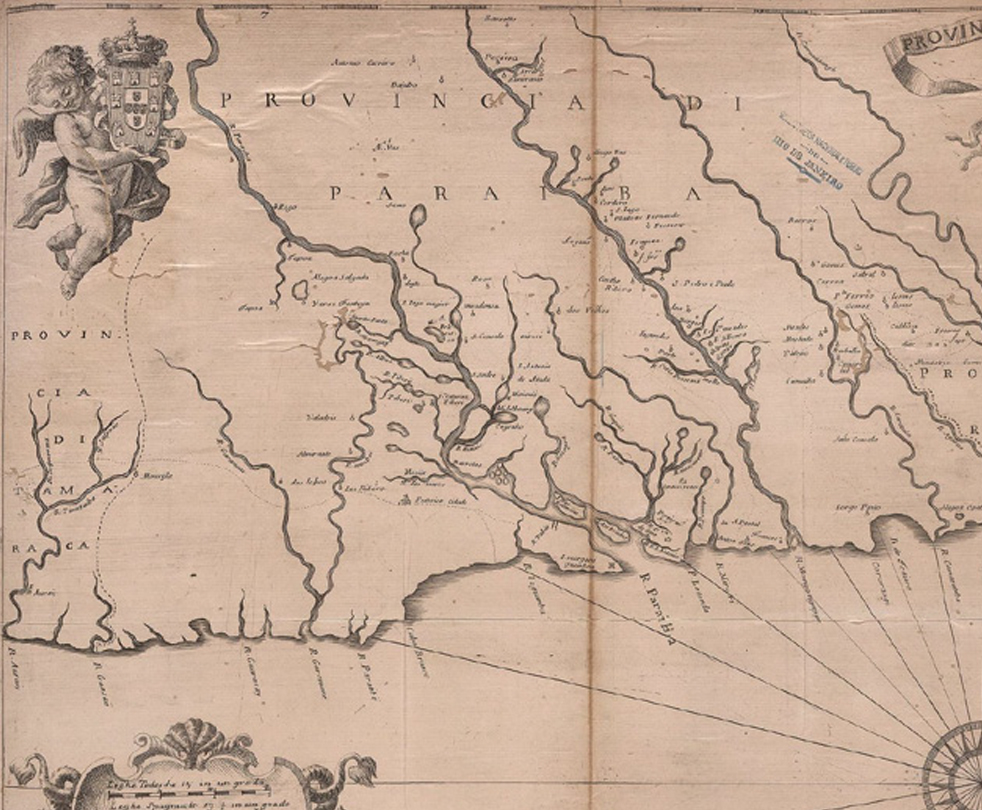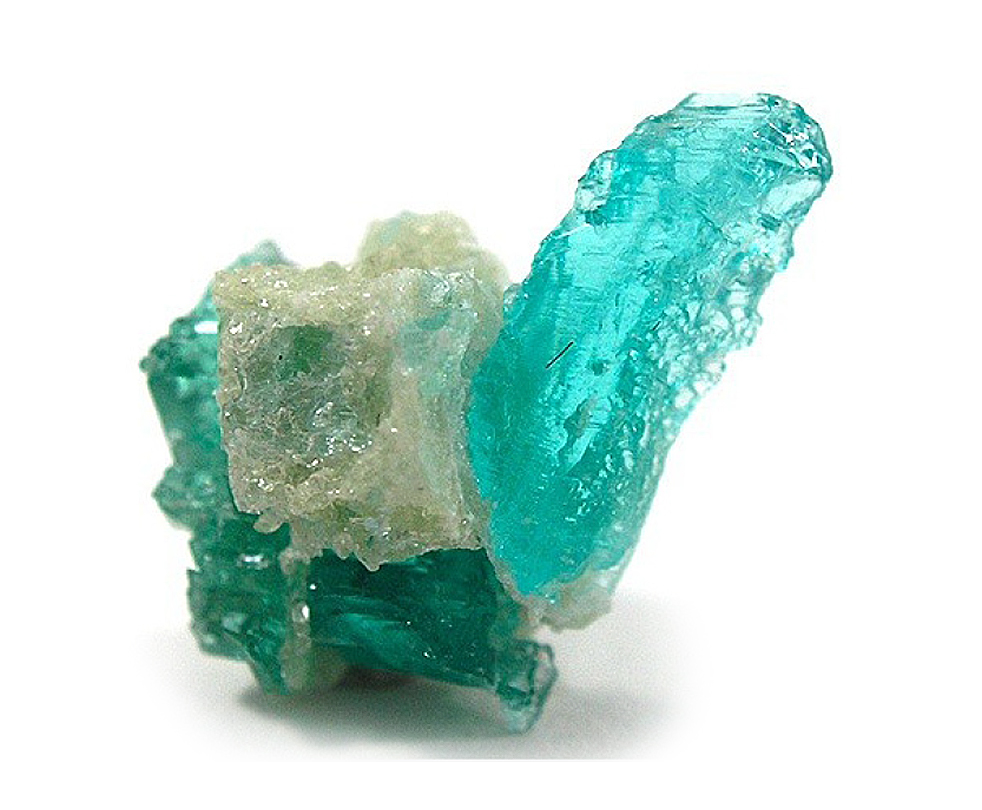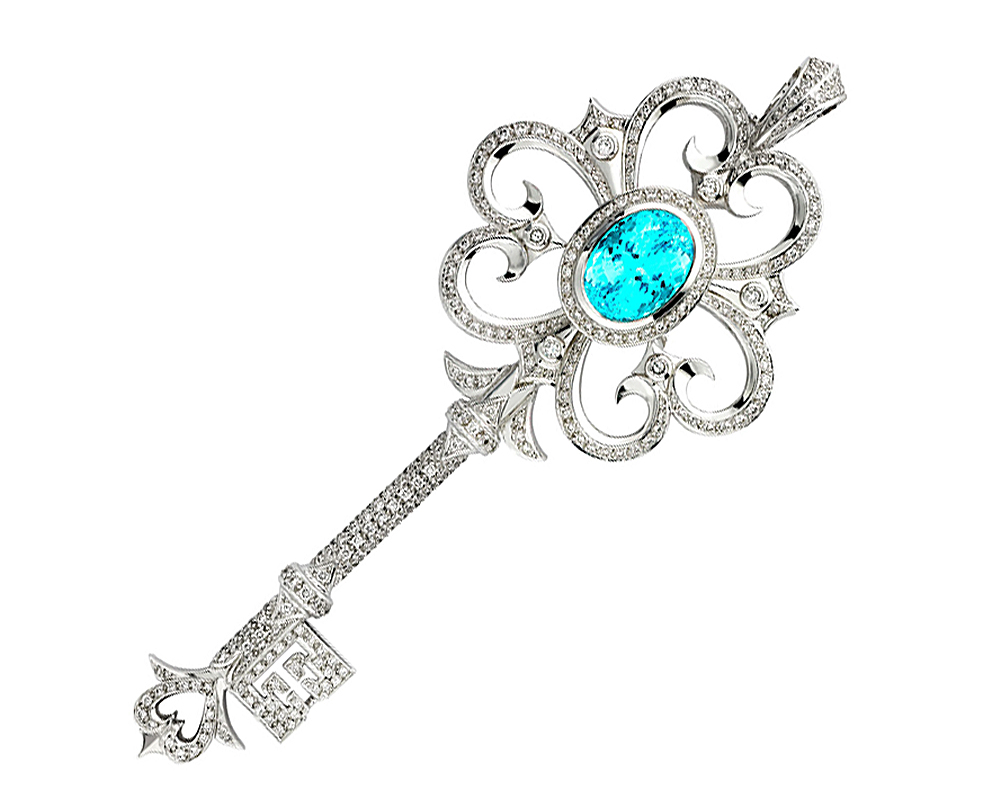Introducing Palmier… masterfully handmade by our talented team of craftsmen in our Fulham Road Workshop. Intricately woven from a continuous 18ct Yellow Gold flat ribbon wire, this is the finest example of the chain maker’s ancient art. The chain moves with an incredible fluidity, perfectly mimicking the lithe, slithering body of a serpent, whose head “bites” the other end of the chain, so that it can be worn at any length.
Our Pavlova collection is named after the great fin de siècle Russian Ballerina, the first superstar dancer. She mixed different disciplines and styles in a supremely original way. Our use of such surprising combinations of rare coloured stones within a variation of a classic format seemed to echo her spirit. We also thought it was appropriate for her to have exquisite jewels named after her as well as a pudding…
Most jewellery and silverware is pre-polished to give it an evenness on which the last few touches can be carried out, say setting for jewels and engraving for silver, and they are then polished, at the end of all the work having been carried out on them to burnish and finish the pieces.
Being the final job polishing can make or break a piece and is a real art form at its best. Polishing is done by mops made of different hardnesses of material and with different polishing substances on them used one after the other to gradually build up the polish to the brilliant finish we are all familiar with. It is a dirty and dangerous job but absolutely vital as bad polishing can ruin hours of great work and good polishing enhance it.
As well as polishing, the polisher will also use other finishes on a piece.
Gilding and Gold Plating – The covering of various areas of, or the whole piece, in Gold plate. This can be done on most metals but, normally, Silver. There are various different colours and purities of gold used to do this.
Oxidising – Specifically on silver, oxidising is used to give an antique, blackened look and to give contrast to a piece.
Rhodium – A rare, hard, silvery white precious metal, a member of the platinum group, it is used in jewellery to plate white gold to improve appearance and to plate silver to prevent tarnishing.
Lustre – This refers to the amount of light reflected off the surface of a gem, and is influenced by both the hardness of the stone and how well it has been polished, essentially – how shiny is the surface of the stone.
A dense, malleable grey-white metal which is one of the rarest with only a few tonnes mined each year, its rarity makes it highly valuable and its hardness and tarnish resistance make it ideal for use in jewellery. Platinum has required a legal hallmark since 1975, it is marked 950 which means it is composed of 95% platinum together with 5% additional alloy.
It is one of only three Noble Metals in general use. It is tough and exceptionally non-corrosive but became popular relatively late in life, at the beginning of the 20th century, as a jewellery medium.
It was a perfect material for the very geometric designs of the time and its hardness made it perfect to use for claws in which to set stones in the emerging diamond-based designs of so much of the jewellery of the time.
Talismanic and beautiful in its simplicity, Phi is the ancient Greek symbol of the golden ratio, the sign of harmony in all things. Jewellery emotionally charged and to last many lifetimes- this is not an ephemeral whim of fashion. They are beautiful examples of perfect unity between design and craftsmanship, elegance and thoughtfulness.
Inspired by the shadows of dappled light falling through palm leaves, the Palm Collection combines beautiful modern design with traditional craftsmanship to create a contemporary and unique style which is a signature of Theo Fennell.
Crafted from 18ct White Gold and Pavé Diamonds and 18ct Yellow Gold, the collection features earrings, pendants and cuff bangles which are timelessly stylish.
It occurs when trees fall and get buried by layers and layers of earth and sediment which compact down and seal the timber off from oxygen thereby protecting it from decay. When mineral rich water flows slowly through the sediment it replaces the original organic material with inorganic minerals such as silica.
This results in a material that looks ‘woody’ in appearance but is hard and cold like stone to the touch.It can be found in huge slabs big enough for table tops but is most often seen cut into slices or used for carvings. The typical colours are varying shades of brown, grey and deep orangey red with green/blues and pinks more rare, all colours are dependent on the differing mineral content of the water. Areas of petrified forest can be found across the globe from America to India and Argentina to New Zealand.
Description: Petrified Wood is not, as its name might suggest, terrified but rather it is wood that has been fossilized over millions of years! It is found all over the world.
Hardness: 7 – 8 on Mohs Scale
The word peridot comes from the Arabic ‘faridat’, which means ‘gem.’ Most peridot formed deep inside the earth and found its way to the surface via volcanic action, as indeed did diamonds. Traditionally associated with light, the Egyptians referred to it as the ‘gem of the sun’. Some believed that it protected its owner from ‘terrors of the night’, especially when it was set in gold, others that it would ward off evil spirits.
Major mining areas are found in Burma, Pakistan, the USA and China although it can be found in various other countries including Norway, which mines slightly paler coloured stones with real lime hues.
Description: Peridots are the gem quality variety of the mineral Olivine and are prized for their intense green colour and life; they are found in Burma.
Hardness: 6.5 – 7 on Mohs Scale
Birthstone: August
Pearls can be saltwater or freshwater and produced entirely by a natural process or they can also be cultured whereby the growth is artificially initiated. They are formed in molluscs (oysters or mussels) as a defense against an irritant such as a parasite. The mollusc reacts by encasing the irritant in layers of nacre, which is a hard calciferous material like their own shells. Natural pearls are becoming increasingly rare and highly sought after with top quality examples costing hundreds of thousands of pounds. They were traditionally found in some of the most beautiful areas of the world, the Persian Gulf, Gulf of Manaar (between Sri Lanka and India), and the South Pacific for South Sea pearls.
The pearls were collected by free divers who were able to descend a long way on a single breath with no equipment. Cultured pearl production is now a huge industry but began in 1896 when Kokichi Mikimoto first succeeded in his ambition to create pearls. It took a few years to perfect the procedure, whereby a shell bead is implanted into an oyster around which the pearl will form, with good quality Japanese cultured pearls first appearing on the market around 1905. Needless to say the price difference between natural and cultured pearls is huge and only increasing.
Pearls come in a wide range of sizes, colours and even shapes. The tiniest are seed pearls which are only about 1mm whilst the largest are the South Seas which have been known to exceed 20mm in diameter. Naturally, they come in colours such as white, grey and golden largely depending on where they grow and what the oyster or mussel eats. As a natural, organic product, pearls need to be treated with some care as they can be damaged by hair spray, scent and many cosmetics. They should be cleaned with warm water and a soft cloth and as the old adage goes, “be the last thing you put on in the morning and the first thing you take off at night.”
In ancient China, pearls were believed to guarantee protection from fire-breathing dragons, whereas in Europe, they have traditionally been associated with purity and innocence, hence their popularity in wedding jewellery. We like to spice things up and mix these beautiful lustrous gems with our signature skulls, crosses, bees and bright colourful stones.
Description: Pearls are one of the earliest gems used for self adornment and were once more highly valued and sought after than diamonds. They come from both rivers and seas and being organic are fairly soft.
Hardness: 3 on Mohs Scale
Birthstone: June
It was only discovered in the late 1980s and named after the state in Brazil where it was originally found. Clean stones of a good size and colour are rare and therefore extremely expensive. The intense colour of these stones is caused by copper and so gems of this variety, new deposits of which have very recently been found in Africa, are often referred to as Cuprian (meaning ‘copper bearing’) Tourmalines.
There is some debate as to whether or not the African gems should be called ‘Paraiba’ or if the name should strictly be reserved for those stones mined in Paraiba.
Description: Currently the most sort after and highly prized variety of the tourmaline family is this electric, neon blue Paraiba Tourmaline. Found in Brazil.
Hardness: 7 – 7.5on Mohs Scale
Fact: Features in the Guinness Book of records.




